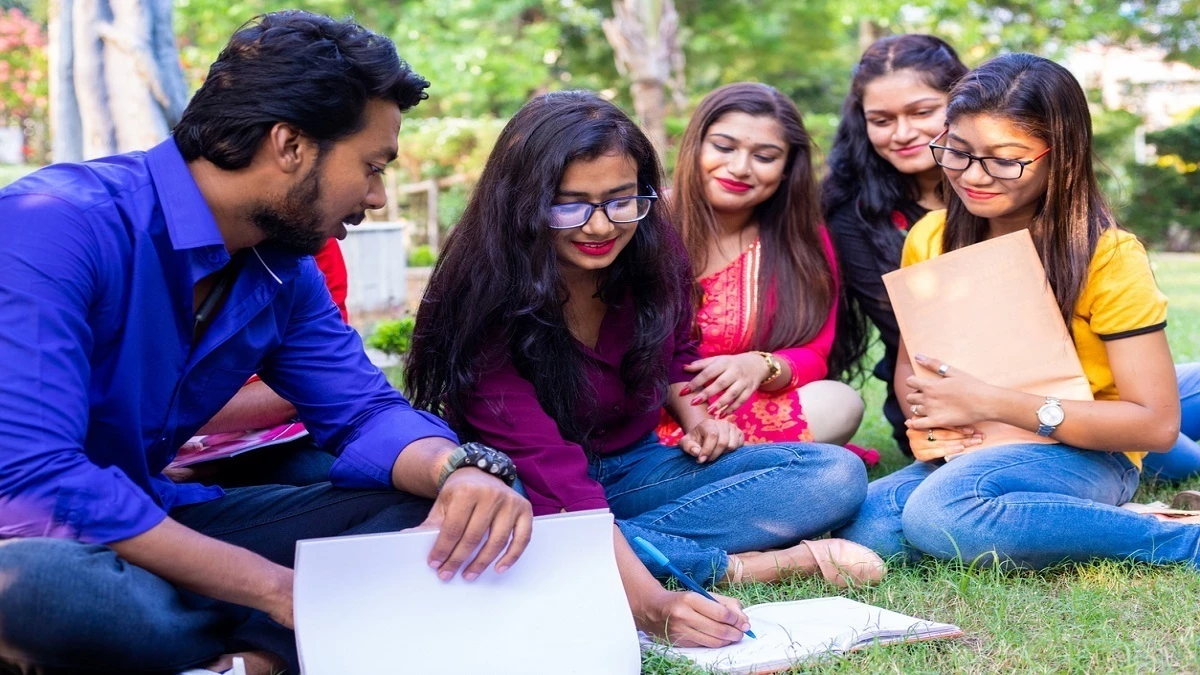NBSE HSSLC Syllabus 2025-26 is set by the Nagaland board. From its official website, you can get the syllabus PDF for all subjects of Science, Commerce, and Humanities streams. In Science, students will have to study Physics, Chemistry, and Biology. In Commerce, Economics, Business Studies, and Accountancy are the main subjects. For the Humanities stream, students will have to study Geography, History, and Political Science. Each subject will have a theory exam. Some subjects will have a practical exam too. For the detailed syllabus, students can visit online and check the syllabus in detail. Besides the syllabus, students can also check the NBSE HSSLC exam pattern 2025-26 to prepare for the board exams. Continue reading the article for more information about the Nagaland Board Class 12th Syllabus 2025.
Nagaland Board Class 12th Economics Syllabus 2025-26
Below given is the detailed syllabus:
Unit | Topics / Content | Weightage (Marks) | Detailed Explanation |
Part A: Introductory Macroeconomics | |||
1. National Income and Related Aggregates | - Basic concepts: consumption goods, capital goods, final goods, intermediate goods, stock and flow variables - Concepts of national income: GDP, GNP, NDP, NNP at market price and factor cost - Methods of measuring national income: Value added, Income, and Expenditure method | 10 | Students learn how a country’s economic performance is measured using national income. They explore the meaning of GDP, GNP, and related terms and understand how different sectors contribute to overall income through systematic measurement methods. |
2. Money and Banking | - Functions of money - Role of commercial banks in credit creation - Functions of the central bank (RBI): control of credit through qualitative and quantitative methods | 6 | This unit covers how money functions as a medium of exchange and store of value. Students study how banks provide loans, generate credit, and how the Reserve Bank of India regulates money supply through monetary policy tools. |
3. Determination of Income and Employment | - Aggregate demand and aggregate supply concepts - Propensity to consume and propensity to save - Investment multiplier - Determination of equilibrium income and output - Problems of deficient and excess demand and measures to correct them | 12 | This section explains how income and employment are determined in an economy. Students explore the Keynesian theory of effective demand, multiplier effect, and the role of consumption and investment in achieving equilibrium levels of income and employment. |
4. Government Budget and the Economy | - Meaning and objectives of government budget - Components: revenue receipts, capital receipts, revenue expenditure, capital expenditure - Fiscal deficit, revenue deficit, primary deficit - Measures to control deficits | 6 | Students understand how government budgeting works and how it affects the economy. They learn the classification of expenditures and receipts and explore the importance of controlling fiscal deficits to maintain financial stability. |
5. Balance of Payments | - Meaning of balance of trade and balance of payments - Components: current account and capital account - Autonomous and accommodating transactions - Deficit in BOP and its correction measures | 6 | This unit teaches students about a country’s international economic transactions. They learn the difference between balance of trade and balance of payments, how foreign exchange flows are recorded, and how disequilibrium is corrected. |
Part B: Indian Economic Development | |||
6. Development Experience (1947–1990) and Economic Reforms Since 1991 | - Indian economy at independence: low income, poverty, unemployment - Features and policies of agriculture, industry, and trade during 1950–1990 - Economic reforms of 1991: Liberalisation, Privatisation, Globalisation (LPG) | 8 | Students analyze India’s economic development after independence, challenges faced like poverty and unemployment, and the role of Five-Year Plans. They also study the shift towards LPG reforms in 1991 and its impact on growth and globalization. |
7. Current Challenges Facing Indian Economy | - Poverty: meaning, measurement, and policies - Human capital formation: education, health - Rural development: credit, agricultural markets, infrastructure - Employment: formal and informal sectors - Infrastructure: energy, transport, communication - Sustainable development: concept and strategies | 10 | This unit focuses on major socio-economic challenges faced by India. Students examine issues like poverty reduction, rural development, human capital investment, and sustainable growth. Real-world examples make this unit more relatable. |
8. Development Experience of India – A Comparison with Neighbours | - Comparison of India with Pakistan and China - Indicators: GDP growth, population, sectoral contribution, human development indicators | 6 | Students compare India’s development experience with its neighbors. They evaluate differences in policies, growth achievements, and human development indicators to understand how strategies impact long-term development. |
Part C: Project Work | - One project work based on any economic issue such as poverty, inflation, unemployment, digital economy, or globalization | 20 (Internal) | Project work allows students to research, collect data, analyze, and present findings on real economic issues. This practical component builds analytical and presentation skills while linking theory to real-world applications. |
NBSE HSSLC Syllabus 2025-26: How to download
By the time the NBSE Exam timetable for Class 12 is released, students should have finished their syllabus. Below are simple instructions for downloading the NBSE Class 12th Syllabus 2026.
Step 1: First, go to the NBSE Board's official website.
Step 2: Click on the homepage's syllabus section now.
Step 3: There will be a new page.
Step 4: Select the NBSE HSSLC Syllabus 2026 link.
Step 5: It will show Nagaland Board 12th Syllabus 2026 on the screen.
Step 6: Save the NBSE 12th Syllabus 2026 to your computer for further use.

